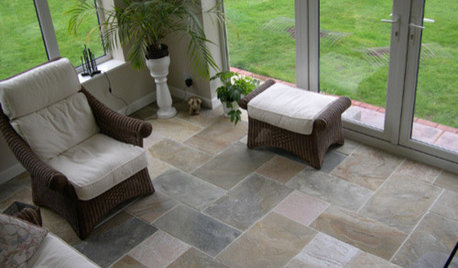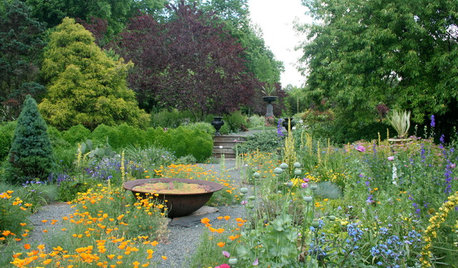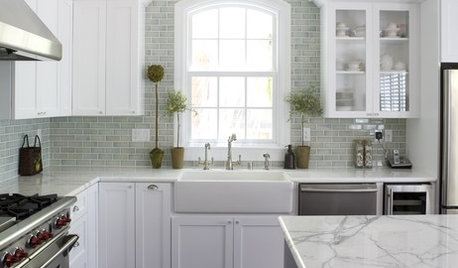calcitic vs. dolomitic lime
west9491
16 years ago
Related Stories

HOUSEKEEPINGHow to Clean Marble Countertops and Tile
Acidic solutions can damage your marble surfaces. Here’s how to keep marble looking clean and amazing
Full Story
KITCHEN DESIGNAlternatives to Granite Countertops, Part II
Still looking for a new kind of countertop? Try sodalite, zinc, limestone, onyx and more
Full Story
PAINTINGWhat to Know About Milk Paint and Chalk Paint — and How to Use Them
Learn the pros, cons, cost and more for these two easy-to-use paints that are great for giving furniture a vintage look
Full Story
KITCHEN COUNTERTOPSKitchen Counters: Granite, Still a Go-to Surface Choice
Every slab of this natural stone is one of a kind — but there are things to watch for while you're admiring its unique beauty
Full Story
REMODELING GUIDESYour Floor: How to Find Right Stone Tile
Get the Pros and Cons of Slate, Travertine, Sandstone, Marble and Granite
Full Story
REGIONAL GARDEN GUIDESSoutheast Gardener's February Checklist
Pinch, prune and prepare this month — springtime's riches in the garden will be here before you know it
Full Story






tcstoehr
Kimmsr
Related Professionals
Prairie Ridge Landscape Architects & Landscape Designers · Athens Landscape Contractors · Bowie Landscape Contractors · Deerfield Landscape Contractors · Doctor Phillips Landscape Contractors · Fort Payne Landscape Contractors · Plainview Landscape Contractors · San Bruno Landscape Contractors · Shirley Landscape Contractors · Yukon Landscape Contractors · Dayton Decks, Patios & Outdoor Enclosures · Lakewood Decks, Patios & Outdoor Enclosures · Portland Decks, Patios & Outdoor Enclosures · Towson Decks, Patios & Outdoor Enclosures · Truckee Decks, Patios & Outdoor Enclosurespaulns
squonnk
west9491Original Author
Kimmsr
squonnk
west9491Original Author
m_astera
Kimmsr
squonnk
squonnk
decklap
squonnk
decklap
squonnk
decklap
Belgianpup
west9491Original Author
Vladimir Kelman (6B/7A MD)
Kimmsr
west9491Original Author
Kimmsr
robertz6
west9491Original Author
west9491Original Author